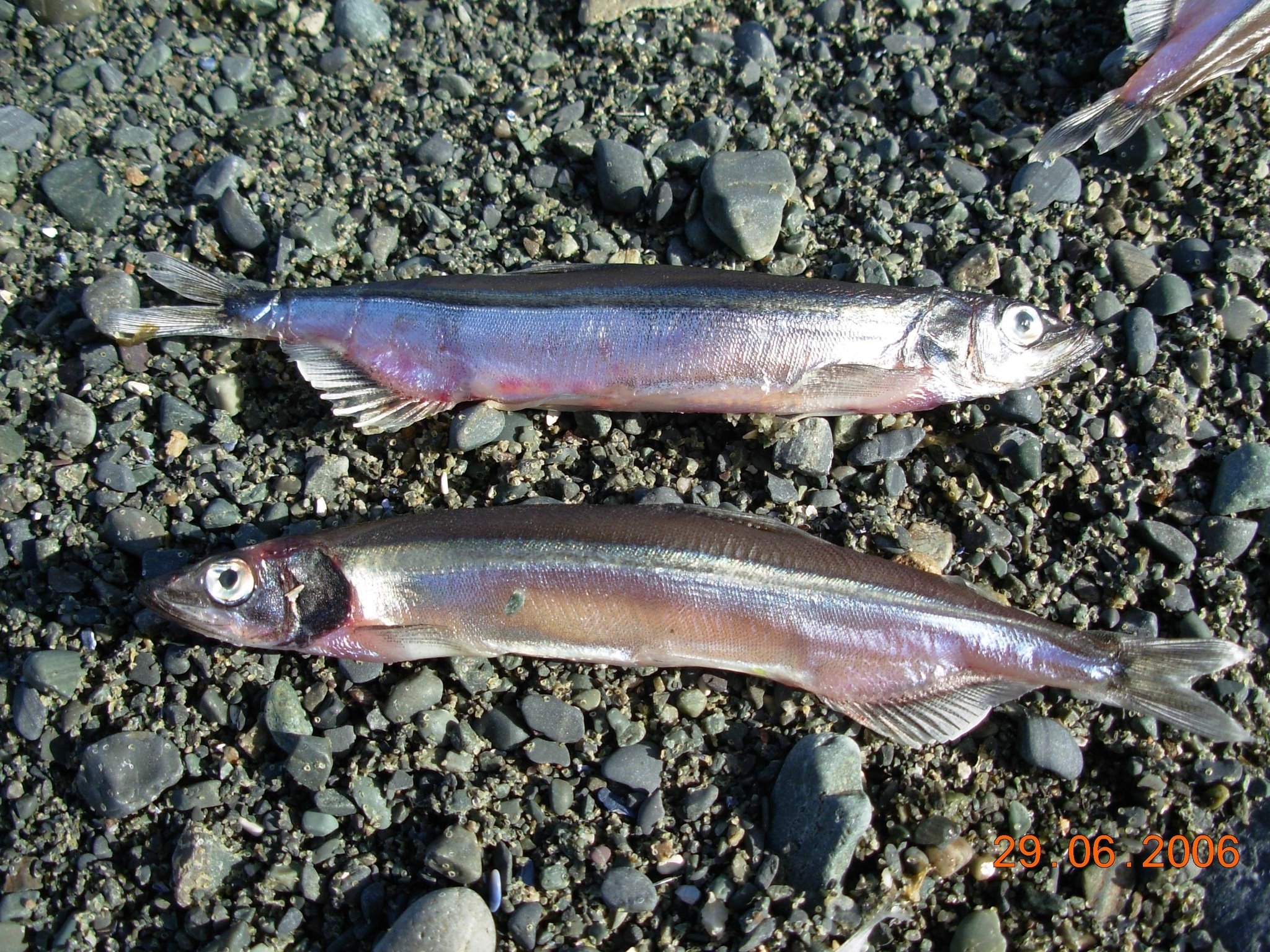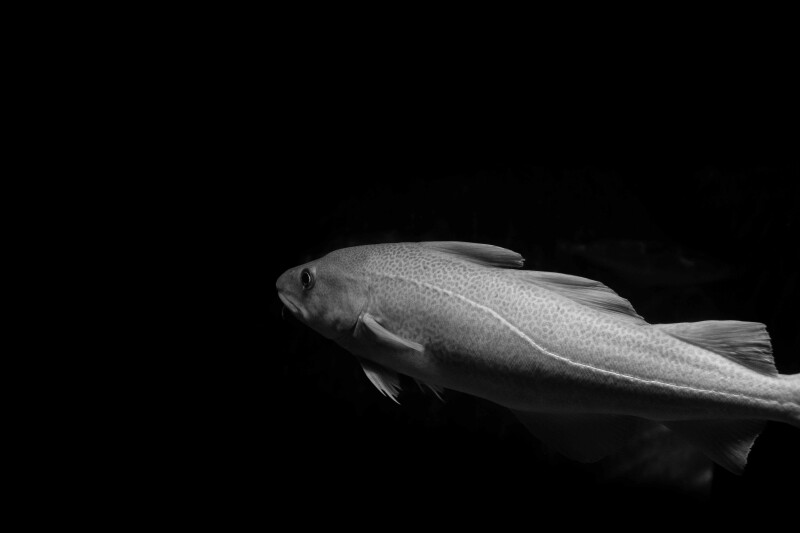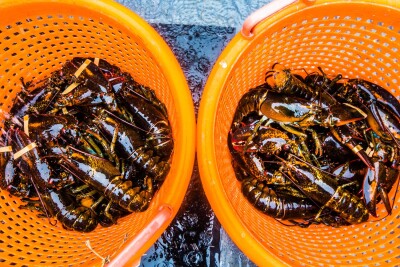The most recent assessment of Atlantic cod stocks in the Gulf of St. Lawrence does not show an optimistic future for the species. Five years ago, Fisheries and Oceans Canada issued a warning that the species' extinction in the Gulf was probable. However, a fisheries scientist has recently claimed that they are “not ready to throw in the towel” on the northern cod stock.
In 2013, National Fisherman shared that scientific research suggested a rapidly growing gray seal population- 10 times greater (in 2013) than what it was 40 years before. Scientists believed this played a significant role in the high cod mortality in the Gulf of St. Lawrence.
Similarly to over ten years ago, today’s assessments are drawing the same conclusions; Federal Fisheries and Oceans biologist Daniel Richard claims that between 60% and 70% of cod in the southern Gulf do not survive past the age of five and are likely eaten by vast herds of gray seals in the region.
“It’s a very dire situation,” Richard tells CBC. “The most likely cause of the increase in natural mortality is an increased predation of gray seals.”
According to CBC Canada, cod could withstand large numbers of seals in the past, but that was before overfishing caused cod populations to plummet several decades ago. Scientists believe that the seals are now preventing the recovery of cod stock, even though recent surveys detected increased numbers of young cod.
Recently, scientists have also claimed that Atlantic cod stocks are severely depleted in the Gulf of Maine, but fishermen look at the marine environment and see a thriving species. Questions about how fishermen and government agencies view cod stocks so differently for years have been left open. However, the stock has declined by about 80% from 2005 to 2017 in the Gulf of Maine, mirroring what has also been seen in the Gulf of St. Lawrence.
Over the past 50 years, long-term projections indicate that cod in this area are on their way to commercial extinction. Richard shared that pulling out of this spiral would require phenomenal recruitment. Young fish would have to survive and reproduce to overwhelm the system, or seals would have to switch to another prey.
On the other hand, fisheries scientist George Rose shared that new data suggests a return to the commercial cod fishery one day. A study following 90 large northern cod equipped with tags that transmitted satellite data for over a year found that the species had restored historical migration patterns. The study confirmed that capelin, a small fish in the North Atlantic, a staple food for cod, can influence their timing and duration in inshore waters.

Rose claims that the species can rebound and reestablish their spatial patterns, which is essential. “The migration patterns have been re-established almost exactly how they were historically,” Rose noted.
“The people who were more on the doomsayer side said that this stock is incapable of coming back to anything like it was. That’s just been proven wrong.”






